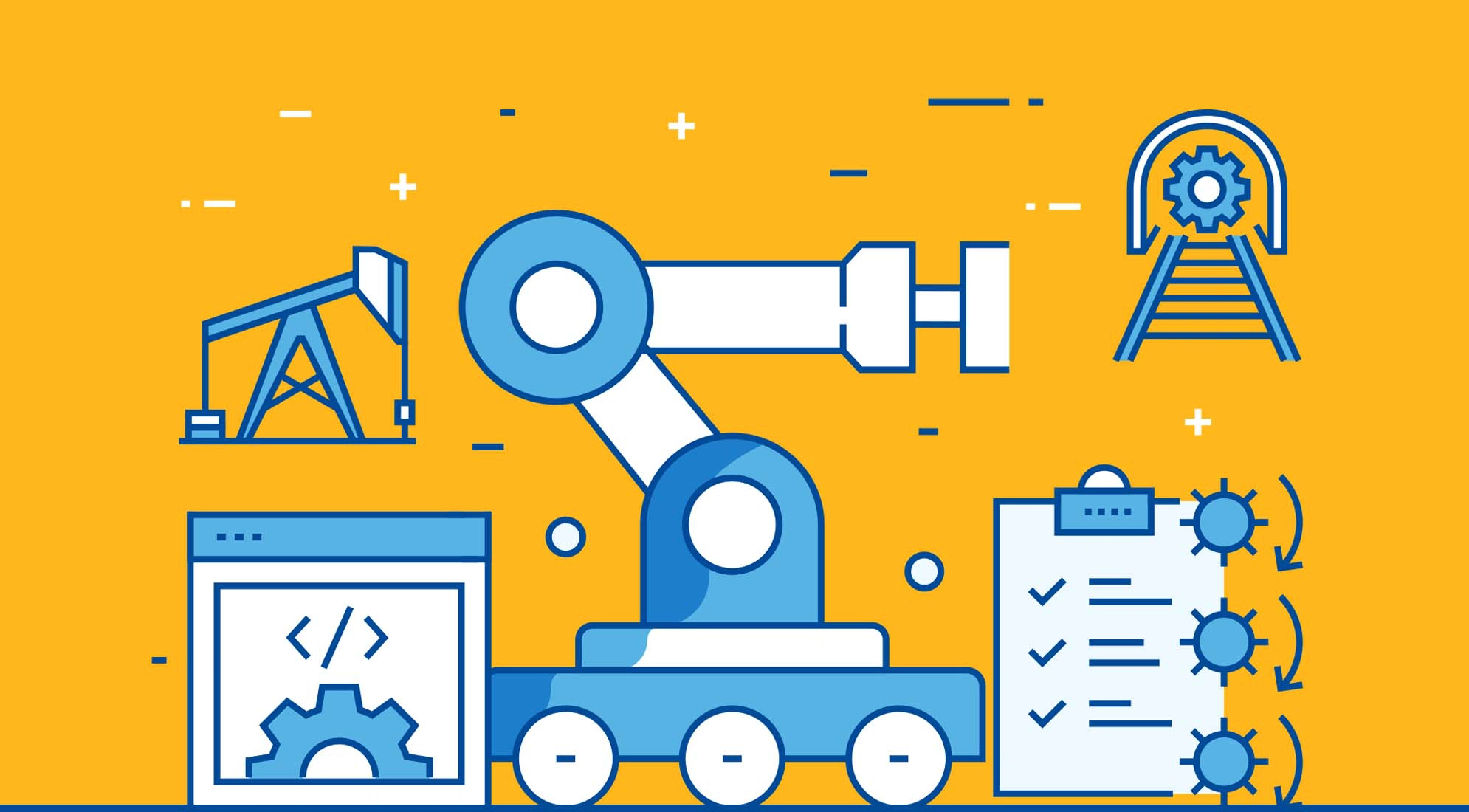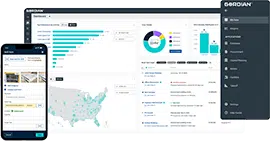Just Trust Me: Building Trust in a Competitive Construction Market
Rory Woolsey is an Account Manager with The Gordian Group. He is a Certified Estimating Professional (CEP) through AACE International, and has worked in management and engineering for the construction industry for 33 years. Past positions held by Mr. Woolsey include field engineer, project manager, MIS manager, testing laboratory manager, and general contractor. Mr. Woolsey has given over 7,000 classroom hours of instruction to architects, engineers, contractors and facility managers on topics including project management, CPM scheduling, construction estimating, facility maintenance, partnering and leadership.
For contractors and those of us working with contractors this issue of TRUST is very relevant, particularly in the current competitive market. There are also current contracts, like Job Order Contracting, that have a strong partnering component that thrive when founded in TRUST. When the TRUST fades, so does the contract!
Transitions: All American businesses are in transition. They now operate in an environment of global competition, rapidly changing technology, and more demanding consumers. In the scramble to be more competitive, businesses are reengineering, reorganizing, downsizing and outsourcing. The question is: How are contractors impacted by these changes, and what actions can they take to be more competitive and survive the current economic downturn?
Low Bidding: A common frustration with many facility owner representatives and managers is that, generally, their hands are tied by acquisition regulations that require awarding projects to the lowest bidding contractor. This has typically been the case with publicly-funded projects. Too often, the low bid winner proves to be the contractor that has made the most mistakes in their bid. There are also cases where the low bidder will capitalize on flawed bidding documents with change orders as the project unfolds.
It is true: a selection process that ignores a contractor’s past performance and awards contracts only on the basis of low bid is flawed. Contractors that have been around awhile and have seen the “after the fact” failings of the low bidder would wholeheartedly agree. Low bid is not necessarily best bid!
Acquisition Trends: Today contractors are being evaluated with a greater consideration of their past performance, records of quality, safety, integrity, on-time delivery, and team resumes. These points are being critiqued and quantified for a fair evaluation. This is particularly welcomed in public sector markets where low bid “issues” have been frustrating facilities management folks for years.
With this being the trend, it is without a doubt that the most valuable asset any contractor can have is its reputation of positive past performance and business practices. This could be said of any business in the current competitive marketplace. Building a relationship with customers based on TRUST through a proven track record is essential. The single best strategy a contractor can employ to improve business volume and profitability is to invest in the asset of TRUST in the organization!
Building High Trust: So how do you go about building a high-trust business organization? You could just say that you’re trustworthy and even profess it on the company letterhead….this has been tried. The fact is it is not enough to say it and read it; you have to be it and do it. Trust outside the company is the result of being internally trustworthy.
Management cannot mandate the building of high-trust in the contractor’s organization. It is evolutionary and requires a daily conscious effort. In low-trust organizations, operations bog down with bureaucratic rules, regulations, policies and procedures that are inefficient. An organization of high-trust reduces the social friction and encourages creativity, ideas and knowledge sharing. At the core of trust is the competence and character of the organization. Investing in the competence and character of the individuals that make up an organization is an investment in trust. This is a simple premise that can have a powerful impact on a business’ bottom line.
Building on Competence: Investing in competence in an organization is a key component to building high-trust. Competence is an individual’s level of qualifications, skill and ability to function at a task or job. Certainly a workforce lacking competence would not foster trust with peers, subordinates or with the customer. Put another way, would you trust an inexperienced electrician to wire for the crucial life and safety systems for an elementary school? Certainly not; trust would be limited.
There is much to be said for in-house training programs that keep the communication open on the latest technologies, methods, systems and practices. Investing in education with the rank and file is an investment in the organization’s competence in the marketplace!
Likewise, investing in the organization’s human resource systems for screening and hiring construction folks is also an investment in competence. Hiring practices have a huge impact on the organization. Continuing to populate the workforce with marginally competent people will never nurture a high-trust culture.
An effective hiring system is one that has the checks and balances to weed out those that do not have the skill level or will not fit into the culture. Managers, welders, carpenters, bookkeepers, estimators and schedulers should have to demonstrate their level of knowledge and expertise through checks of past performance, interviews, demonstration and other screening techniques. The system and process of hiring should be continuously invested in. Competence is an asset of the organization and it should be maintained and upgraded all the time.
Building “istics” of Character: Character is equally important to building high-trust in organizations, although it is more difficult to quantify. An individual’s character and the collective character of the organization are eventually revealed with time and trials in the workplace.
We have all experienced people and organizations with low-trust character “istics” such as impatience, ingratitude, dishonesty, duplicity and self-centered values. These are the opposites of the character “istics” that should be invested in and encouraged, which would include patience, honesty, integrity, perseverance, compassion, forgiveness, empathy, gratitude, and contribution. It is here that high trust is built.
Investing in an organization’s character happens at the front door, in the systems for hiring AND firing. Just as an individual should be screened for competence, character screening is possible and should be an integral part of human resources.
Beyond the front door, an organization’s management and leadership should set the example from the top down. Daily decision making based should be founded in these character “istics.” The rank and file will follow if it is clear that these values are not to be compromised. The characteristics should be invested in at the core of the organization and over time they will become an obvious part of the culture. Amen!
Just Trust Me: An organization’s workforce is its most valuable asset for its health and profitability. Trust strengthens the company, the workforce and its relationship with the customer. This is particularly the case in the public arena. Social friction in an organization results from a culture with low trust amongst its members. High trust minimizes this friction and improves the overall efficiency and effectiveness of systems and processes.
Contractors can see marked improvements in work volume and profitability by investing in the competence and character of the company, which will lead to the building of a high trust organization!




